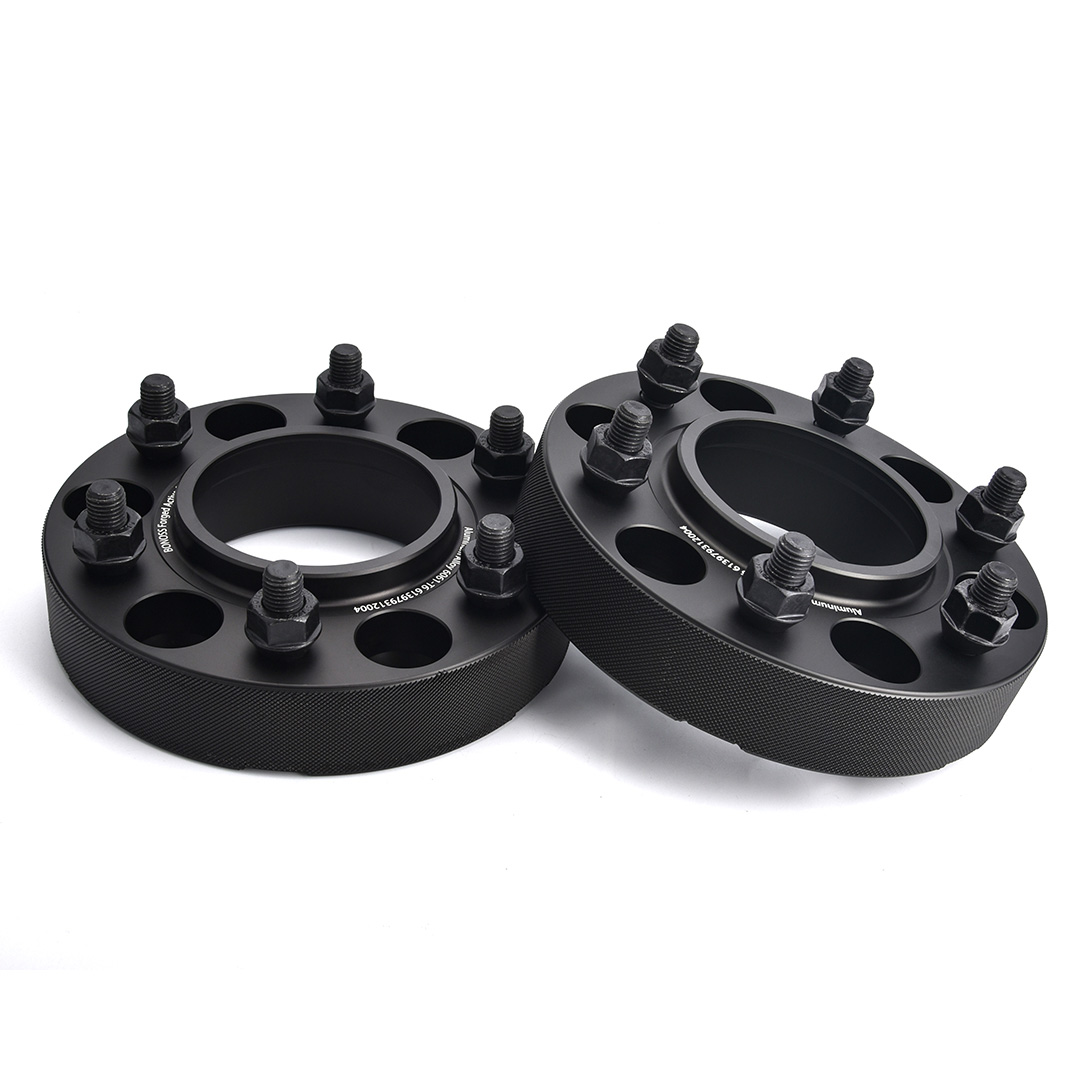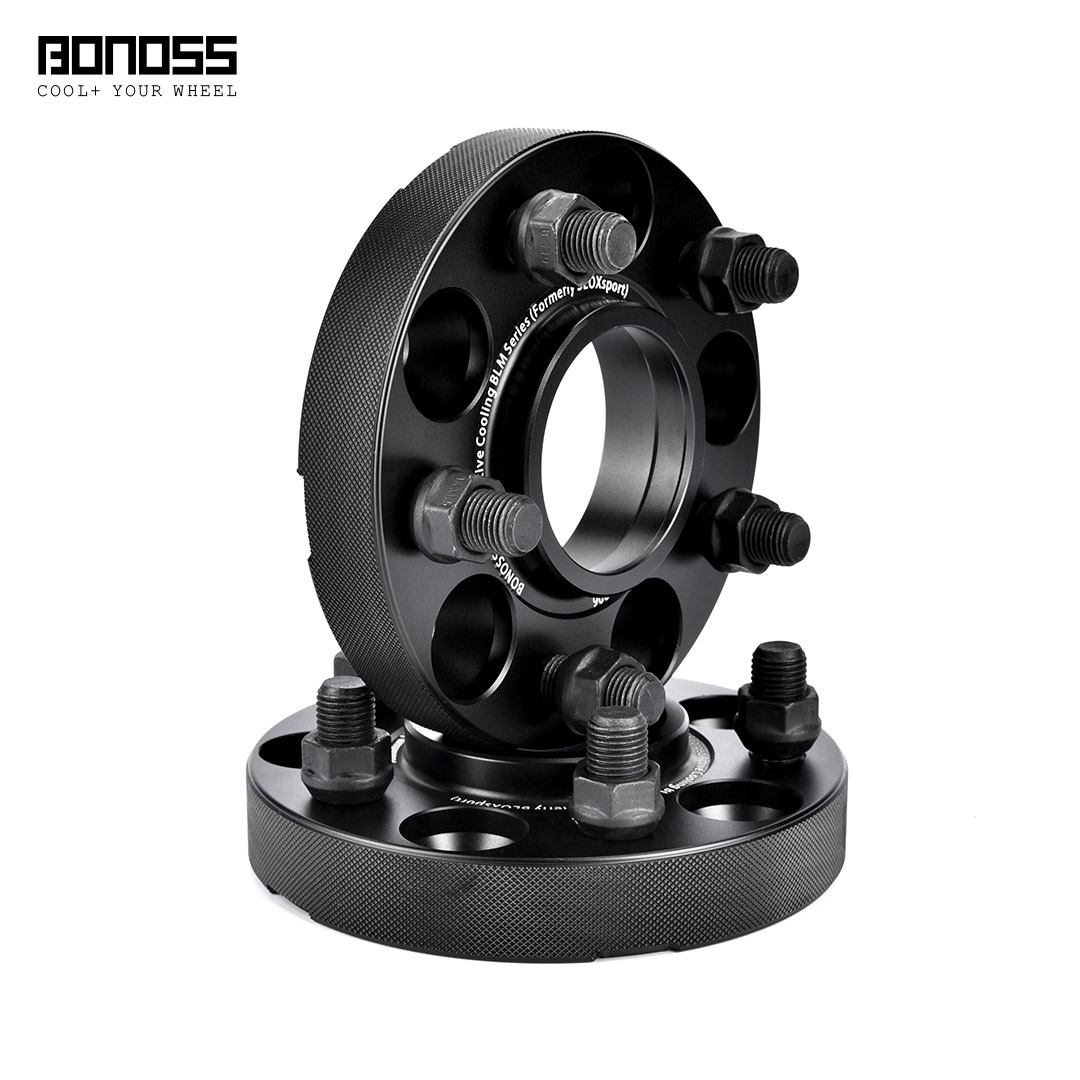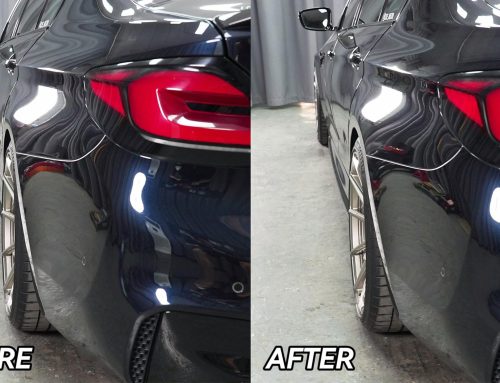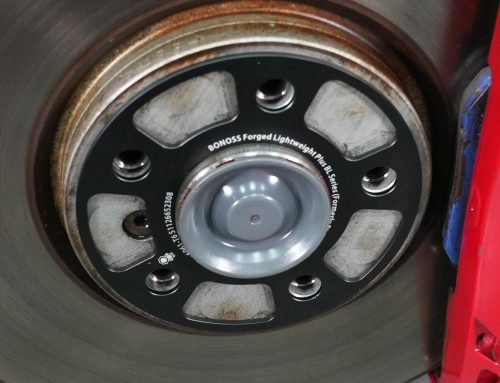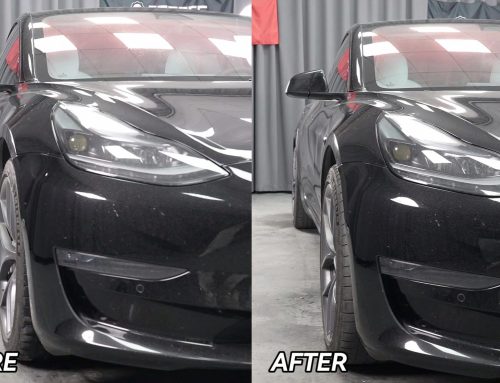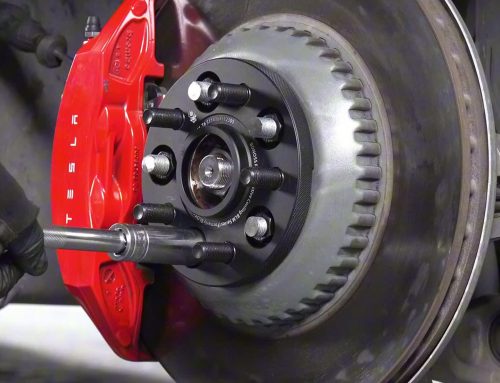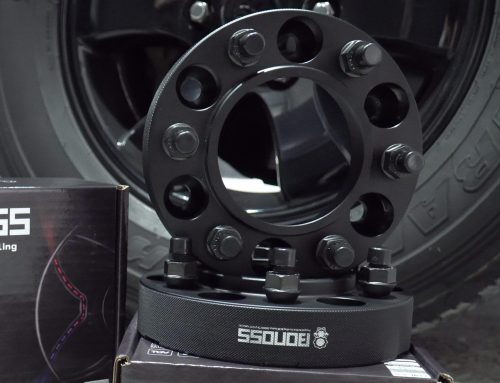Using golf cart wheel spacers is one of the most popular modifications that improve the wheel stance, ride quality, and performance. They push the wheels further out from the hub, offering a wider track. A wider track makes your golf cart perform better and look more aggressive. However, determining the correct size for wheel spacers is crucial to ensuring a proper fit without compromising safety. So, what sizes of golf cart wheel spacers are the best?
Golf Cart Wheel Spacers Pros and Cons
To find out the best wheel spacers sizes, the following pros and cons of each size guidelines may help:
- 1/4-inch to 1/2-inch:
These thin spacers are generally safe for most vehicles without significant modifications. They provide just enough space to clear big brake calipers or adjust the offset slightly. - 1-inch to 1.5-inch:
If you aim for a bolder, more aggressive stance, 1-inch to 1.5-inch spacers are your best choice. These golf cart spacers provide better ride quality. - 2-inch to 3-inch:
2-inch to 3-inch wheel spacers provide ample clearance for oversized tires and create a bold aesthetic statement. They provide many advantages for off-road use, including greater traction, better stability, and rollover resistance.
Frequently Asked FAQ
Q: Can you put 2 spacers on one wheel?
A: Generally, it is not recommended to put 2 spacers on one wheel. Using a single, thicker wheel spacer instead of stacking many thinner spacers is the best way to ensure safety.
Q: How to install golf cart wheel spacers?
A: Simply remove the wheels, clean the wheel hub, put the spacers on, and then remount the wheels. Following the installation guidance and using the right tools, you can install them within 1 hour.
Q: How often should you tighten wheel nuts?
A: It is recommended to re-tighten your new wheel spacers on the golf cart after the first 50 to 100 driving miles. Then, just re-torque them every routine tire maintenance.

What Make BONOSS Golf Cart Wheel Spacers the Best Choice?
High-end wheel spacers are produced with top-quality materials to provide optimum performance to the vehicle. For example, BONOSS forged active cooling golf cart wheel spacers are made of advanced machinery and undergo a series of safety tests before leaving the factory. BONOSS offers several key advantages that make their spacers a top choice.
1. Active Cooling for Better Performance
BONOSS forged active cooling golf cart wheel spacers are designed with heat dissipation grooves. Distributed in petal-shape, these grooves allow the external cold air to flow continuously inside the spacers when rotating. The air takes away the heat, so it achieves the purpose of actively dissipating heat for the braking system. This is helpful in enhancing the brake heat dissipation effect and improving road safety.
2. Hub-centric Design for Enhanced Reliability
In order to further optimize the hub-centric connection, BONOSS forged golf cart wheel spacers are designed with better multi-stage hub-centric lips. What’s better, the precision of BONOSS 4×4 wheel spacers has reached 0.02mm. Precise hub-centric wheel spacers provide high surface integrity, effectively guarantee safety, stability, and ensure the smooth operation of vehicle wheel parts.
3. High-strength Fasteners for Improved Safety
If you use 4 lug golf cart wheel spacers, make sure the provided wheel studs are strong enough. BONOSS forged active cooling wheel spacers come with ISO grade 12.9 wheel studs. These wheel studs are approved by SGS and TÜV: tensile strength≥1220 MPa, proof load≥121,000 N. Arguably, a stronger retention power on the wheel is necessary to properly secure the spacer and wheel in place.
Final Verdict: Elevate Your Car with BONOSS
With these outstanding advantages, it’s clear that BONOSS forged Golf Cart wheel spacers offer exceptional safety, durability, and professionalism. Whether you’re upgrading the aesthetics or improving the handling, choosing BONOSS ensures that you’re getting a product that meets the highest standards of performance and quality. Your car deserves the best.
(Hi, I’m Kevin Brian, a 30-year mechanical engineer. For a better user experience, this article is original content uploaded by humans. It is not generated by Artificial intelligence (AI) Models or tools.)



